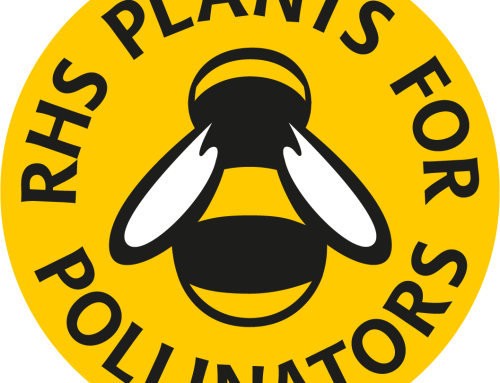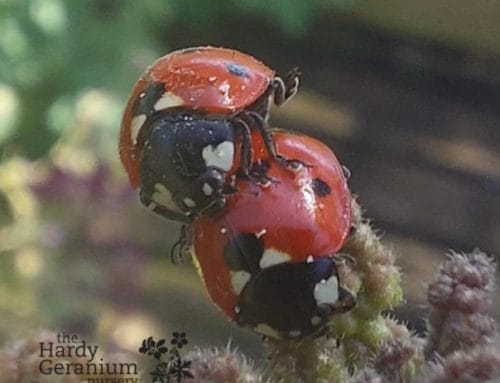Bees are an essential part of our ecosystem, playing a critical role in pollinating plants, fruits, and vegetables. These tiny creatures work tirelessly inadvertently ensuring our food supply is abundant and diverse. In fact, it’s estimated that bees are responsible for pollinating about one-third of the world’s crops. Without them, our food system would be severely compromised, and the ecological balance of our planet would be thrown off.
Why do we need bees?
They are essential for pollination, which is the process of transferring pollen from the male part of a flower to the female part. This process enables the fertilisation of the plant and the production of seeds and fruits. Without bees, many of the crops we rely on for food would not exist. In addition to food crops, bees also pollinate plants that are used for fibre, medicine, and animal feed.
Aside from their role in pollination, they also contribute to the biodiversity of our planet. They are an important food source for many other animals, including birds, small mammals, and even larger predators like bears. They are also critical for maintaining healthy ecosystems and helping to prevent the spread of plant diseases.
How many different species of bees are there?
There are over 20,000 known species, and they come in a wide range of shapes, sizes, and colours. The most well-known bee species is the western honeybee (Apis mellifera), which is widely used for commercial honey production and crop pollination. However, there are many other types that play an important role in our ecosystem.
Bumblebees (Bombus spp.) are another familiar type of bee. They are larger and hairier than honeybees and are known for their distinctive buzzing sound.
There are also many types of solitary bees, which do not live in colonies like honeybees and bumblebees. Instead, each female builds her own nest and tends to her own offspring.
Other species include carpenter bees, leafcutter bees, and mason bees, each with their unique characteristics and ecological roles.
Bees are critical to the health and well-being of our planet. Without them, our food system would be severely compromised, and the ecological balance of our world would be thrown off. With over 20,000 species of bees, each with their unique characteristics and roles, it’s clear that we must do all we can to protect and preserve these essential creatures.
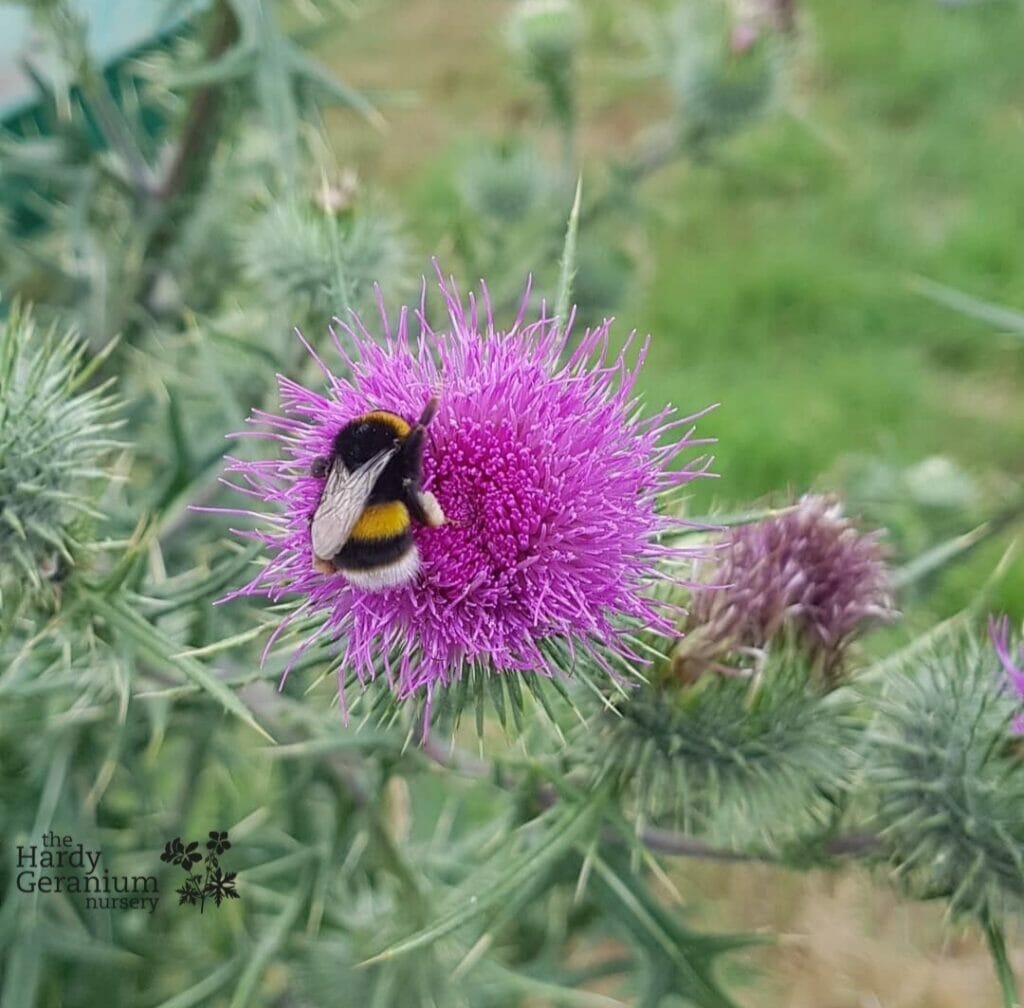
White-tailed Bee – Bombus locorum
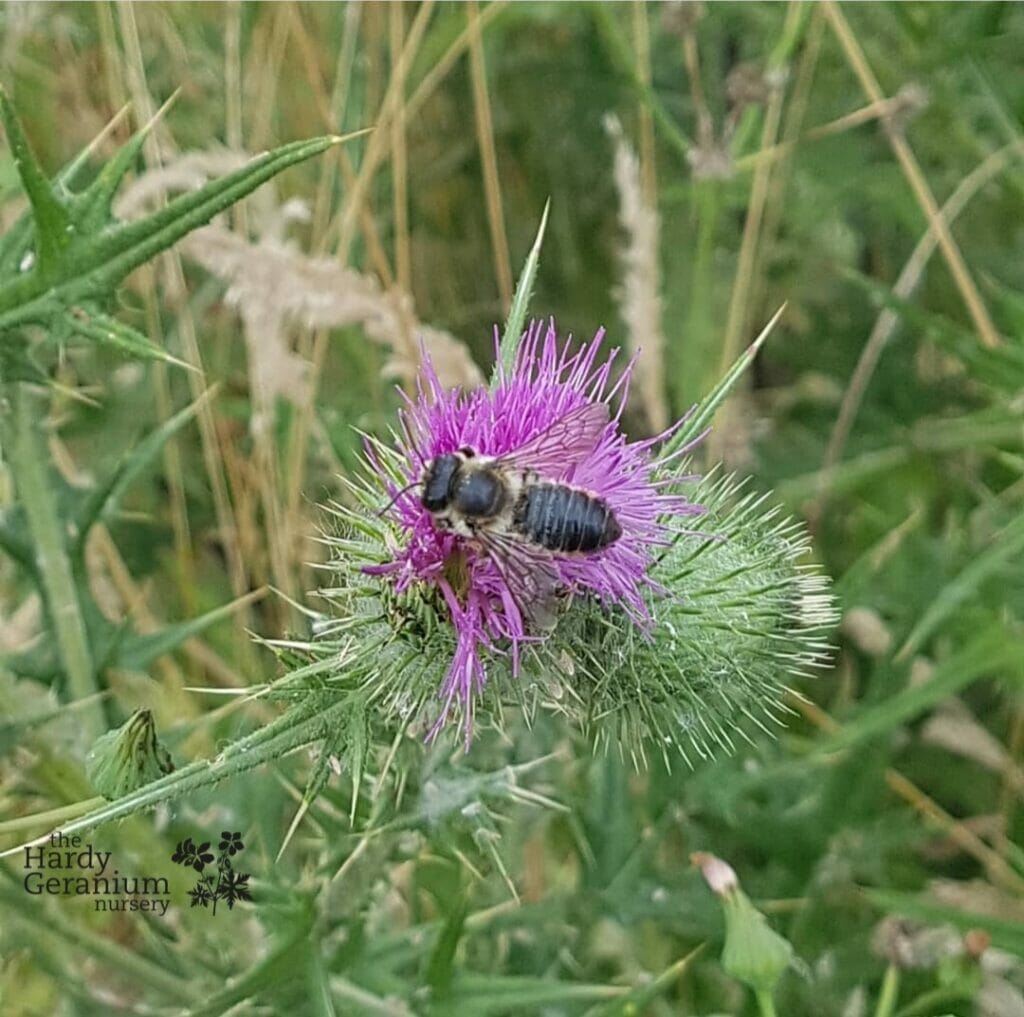
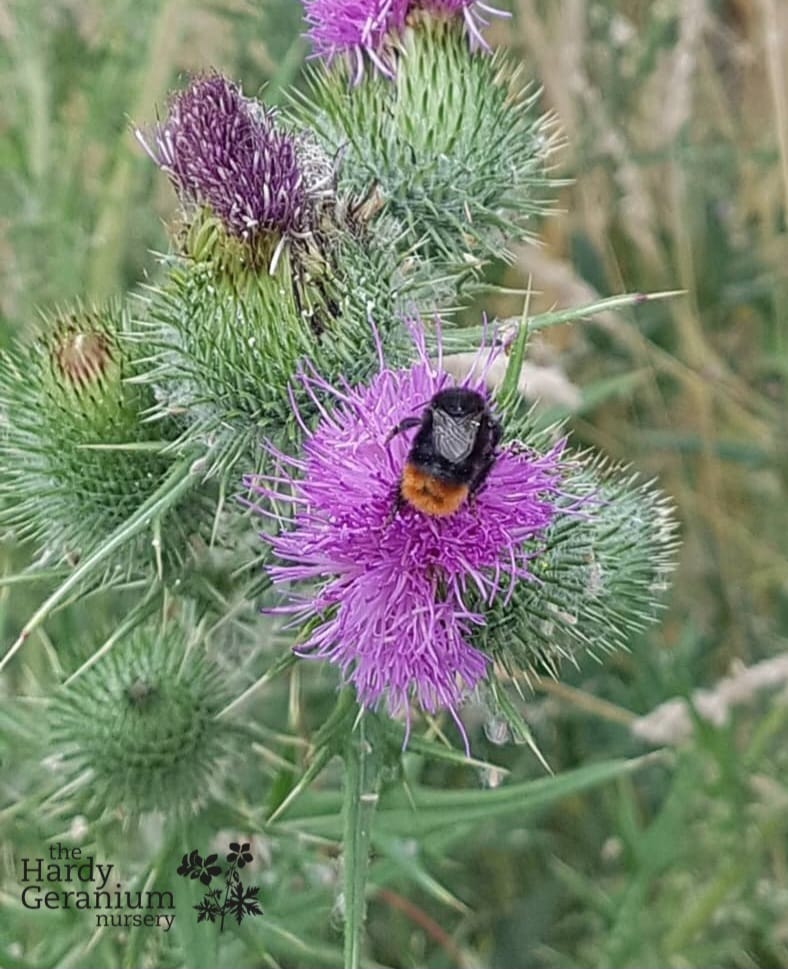
Red-tailed bee – Bombus lapidarius
Click here to read more about Beneficial Insects
This article has been written in association with ChatGPT


